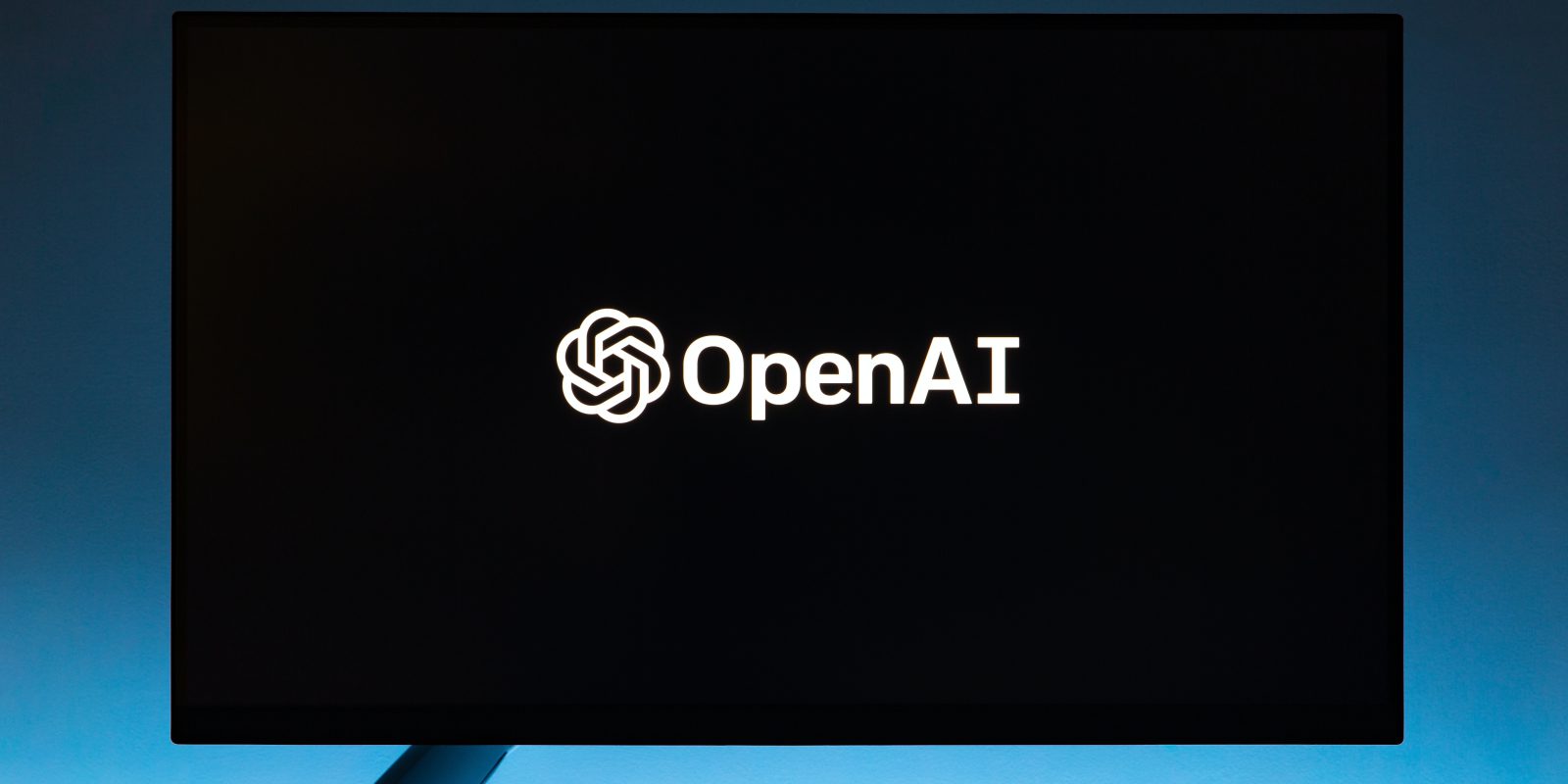ChatGPT is a long-form question-answering AI from OpenAI that conversely responds to complicated inquiries.
It’s a ground-breaking technology since it’s been taught to understand what people mean when they ask questions.
Many users are in awe of its capacity to deliver responses of human quality, which gives rise to the idea that it might soon have the ability to revolutionize how people interact with computers and alter how information is retrieved.
Describe ChatGPT.
Based on GPT-3.5, OpenAI created the big language model chatbot known as ChatGPT. It is remarkably capable of engaging in conversational conversations and responding in a way that occasionally seems surprisingly human.
The task of foretelling the following word in a string of words is carried out by large language models.
ChatGPT learns how to obey instructions and provide responses that are acceptable to humans using Reinforcement Learning with Human Feedback (RLHF), an additional training layer.
Who Developed ChatGPT?
The artificial intelligence company OpenAI, headquartered in San Francisco, developed ChatGPT. The for-profit OpenAI LP is a subsidiary of OpenAI Inc., a nonprofit organization.
The well-known DALLE deep learning model from OpenAI, which creates images from text prompts, is well-known.
Sam Altman, who was formerly the president of Y Combinator, is the CEO.
Microsoft has invested $1 billion as a partner and investor. They worked together to create the Azure AI Platform.
Significant Language Models
A large language model (LLM) is ChatGPT. Massive volumes of data are used to train large language models (LLMs) to precisely anticipate what word will appear next in a phrase.
It was shown that the language models could perform more tasks when there was more data available.
Stanford University claims:
- “GPT-3 was trained on 570 terabytes of text and has 175 billion parameters. For comparison, GPT-2, its forerunner, had 1.5 billion parameters, which was nearly 100 times smaller.
- The behavior of the model is substantially altered by the increase in scale; the GPT-3 is now capable of carrying out tasks for which it was not specifically taught, such as translating lines from English to French, with little to no training data.
- In GPT-2, this tendency was largely missing. Additionally, although failing at some tasks, GPT-3 beats models were specifically trained to handle those problems.
Similar to autocomplete, but on a mind-boggling size, LLMs predict the next word in a string of words in a sentence as well as the following sentences.
They are able to produce paragraphs and full pages of text thanks to this skill.
But LLMs have a drawback in that they frequently fail to comprehend precisely what a person wants.
And with the aforementioned Reinforcement Learning with Human Feedback (RLHF) training, ChatGPT advances the state of the art in this area.
Who Trained ChatGPT and how?
To assist ChatGPT learn dialogue and develop a human manner of response, GPT-3.5 was trained on enormous volumes of code-related data and knowledge from the internet, including sources like Reddit debates.
In order to teach the AI what people anticipate when they ask a question, Reinforcement Learning with Human Feedback was also used to train ChatGPT. This method of training the LLM is novel since it goes beyond only teaching it to anticipate the next word.
This is a ground-breaking method, as detailed in a research article published in March 2022 titled Training Language Models to Follow Instructions with Human Feedback:
- By teaching them to follow the instructions of a specific group of humans, we hope to boost the beneficial effects of big language models.
- Language models by default focus on improving the next word prediction objective, which is merely a stand-in for what we really want these models to perform.
- Our findings suggest that our methods have the potential to improve the value, accuracy, and safety of language models.
- Growing language models does not automatically improve their ability to interpret user intent.
- Large language models, for instance, may produce results that are harmful to the user or untruthful.
- In other words, these models do not take their users into account.
To grade the outputs of the two systems, GPT-3 and the new InstructGPT (a “sibling model” of ChatGPT), the developers who designed ChatGPT recruited contractors (referred to as labelers).
The ratings led the researchers to the following findings:
- “InstructGPT outputs are substantially preferred by labelers compared to GPT-3 outputs.
- InstructGPT models outperform GPT-3 in terms of veracity.
- Compared to GPT-3, InstructGPT exhibits marginally less toxicities but no bias.
The research article comes to the conclusion that the outcomes for InstructGPT were successful. Even so, it acknowledged that there remained opportunities for development.
- Overall, our findings show that big language models can be greatly improved by leveraging human preferences to fine-tune them, while considerable work needs to be done to increase their safety and dependability.
ChatGPT was specially taught to comprehend the human intent behind a query and offer useful, honest, and harmless answers. This distinguishes ChatGPT from a straightforward chatbot.
As a result of that instruction, ChatGPT may challenge particular questions and ignore any unclear portions of the inquiry.
Another study pertaining to ChatGPT demonstrates how they programmed the AI to anticipate human preferences.
The researchers discovered that the metrics used to evaluate the outputs of natural language processing AI produced machines that performed well on the metrics but didn’t match what people would have anticipated.
The researchers provided the following explanation of the issue:
- “Many machine learning applications focus on maximizing straightforward measures that are only approximate proxies for the designer’s intentions. This may cause issues, such YouTube suggestions that promote click-bait.
The idea they came up with was to develop an AI that could produce replies that were tailored to human preferences.
In order to achieve this, they trained the AI utilizing datasets of human comparisons of various replies in order to improve the machine’s prediction of what humans would deem to be satisfactory answers.
The study reveals that training involved summarizing Reddit postings and testing it with news summaries.
Learning to Summarize from Human Feedback is the title of a research study that was published in February 2022.
Researchers report:
- “In this study, we demonstrate that training a machine to optimize for human preferences can greatly increase summary quality.
- We gather a sizable, high-quality dataset of human comparisons of different summaries, train a model to forecast the human-preferred summary, and then employ reinforcement learning to fine-tune a summarizing policy using that model as a reward function.
What Are ChatGPT’s Limitations?
Restrictions on Toxic Reaction
ChatGPT is designed to avoid giving out negative or damaging reactions. As a result, it won’t respond to certain queries.
Directional Quality Determines the Quality of the Answers
The fact that the output quality is largely dependent on the input quality is a significant ChatGPT restriction. In other words, instructions (prompts) from experts lead to superior responses.
Answers Don’t Always Hold True
Another drawback is that because it is programmed to give responses that feel natural to people, the answers may lead people to believe that the output is accurate.
Many users observed that ChatGPT sometimes gives false information, including those that are radically false.
It’s possible that responses that seem reasonable to people have an unintended effect, as was observed by the moderators at the coding Q&A website Stack Overflow.
Stack Overflow was overwhelmed with user responses coming from ChatGPT that seemed to be the right answers, but there were actually a lot of them.
The admins banned any users who submit responses produced by ChatGPT after the volunteer moderator crew was overloaded by the thousands of answers.
A post titled “Temporary policy: ChatGPT is banned:” was created as a result of the deluge of ChatGPT responses.
- “This interim rule is designed to reduce the volume of answers and other content produced using ChatGPT.
- The main issue is that, despite the answers ChatGPT generates frequently being inaccurate, they frequently “look like” they “might” be good.
The developers of ChatGPT, OpenAI, are aware of this and cautioned against it in their announcement of the new technology. Stack Overflow moderators have encountered incorrect ChatGPT replies that appear correct in the past.
OpenAI Describes ChatGPT’s Limitations
This warning was included in the OpenAI announcement:
- “ChatGPT occasionally provides responses that are valid but are erroneous or illogical.
- It is difficult to solve this problem because:
- There is currently no source of truth during RL training;
- making the model more cautious makes it reject inquiries that it can accurately respond to; and
- Because the ideal response depends on what the model knows rather than what the human demonstrator knows, supervised training deceives the model.
Is using ChatGPT cost-free?
Currently, during the “research preview” period, ChatGPT usage is free.
Users can currently test out the chatbot and give feedback on the responses so that the AI can improve at responding to inquiries and learn from its errors.
According to the official statement, OpenAI is happy to hear input regarding the errors:
- “While we’ve tried to have the model reject unsuitable requests, there are still moments when it’ll take negative instructions or behave inimically.
- Although we anticipate some false negatives and positives for the time being, we are leveraging the Moderation API to alert users or prohibit specific categories of hazardous content.
- In order to help us in our continued efforts to improve this system, we are glad to gather user input.
In order to entice the public to score the comments, there is now a competition with a cash reward of $500 in ChatGPT credits.
- Users are urged to share their thoughts on problematic model outputs through the UI as well as on false positives and false negatives from the external content filter, which is also a component of the interface.
- Feedback that helps us identify and comprehend unique dangers, as well as potential mitigations, is especially valuable to us because it can help us identify detrimental outputs that might be produced in non-adversarial, real-world circumstances.
- You can choose to enter the ChatGPT Feedback Contest3 for a chance to win up to $500 in API credits.
- Entries may be sent using the ChatGPT interface’s feedback form, which is connected.
The current competition expires on December 31, 2022, at 11:59 p.m. PST.
Related: OpenAI May Introduce A Paid Pro Version Of ChatGPT
Can Google Search Be Replaced by Language Models?
LaMDA is an AI chatbot that Google has already developed. An engineer at Google asserted that LaMDA was sentient since the performance of the chatbot was so similar to a human discussion.
Is it unlikely that a business like OpenAI, Google, or Microsoft will eventually replace conventional search with an AI chatbot given how these massive language models can respond to so many queries?
Some on Twitter are already declaring that ChatGPT will be the new Google.
For those who make their job as search marketing experts, the possibility that a question-and-answer chatbot would eventually replace Google is terrifying.
It has spurred debates in online communities for search marketing, such as the well-known Facebook SEOSignals Lab, where someone questioned whether or not search queries may shift away from search engines and toward chatbots.
After using ChatGPT, I have to admit that the worry over chatbots taking the role of search engines is not unwarranted.
Although there is a long way to go in terms of technology, it is conceivable to picture a search future that combines chatbots with hybrid search.
But it appears that ChatGPT as it is now implemented will eventually need users to spend credits in order to utilize it.
How Does ChatGPT Work?
ChatGPT is capable of crafting text in the form of short stories, poems, songs, and even code.
ChatGPT is transformed from a source of information to a tool that may be used to complete a task thanks to its proficiency in following instructions.
It can therefore be used to write an essay on just about any subject.
ChatGPT can be used as a tool to create articles or even book-length outlines.
Almost any assignment that can be answered with the written word will have a response from it.
Conclusion
As previously indicated, ChatGPT is envisioned as a tool that the public will eventually have to pay to access.
Within the first five days of ChatGPT’s public launch, more than a million users had registered to utilize it.
Additional sources
Examples of ChatGPT: 5 Ways Digital Marketers and SEOs Can Use It, Microsoft Bing, With ChatGPT Is Allegedly Launching In March ChatGPT For Content And SEO?
The Future of Chatbots: Opportunities & Use Cases You Must Understand How Machine Learning Functions in Search





